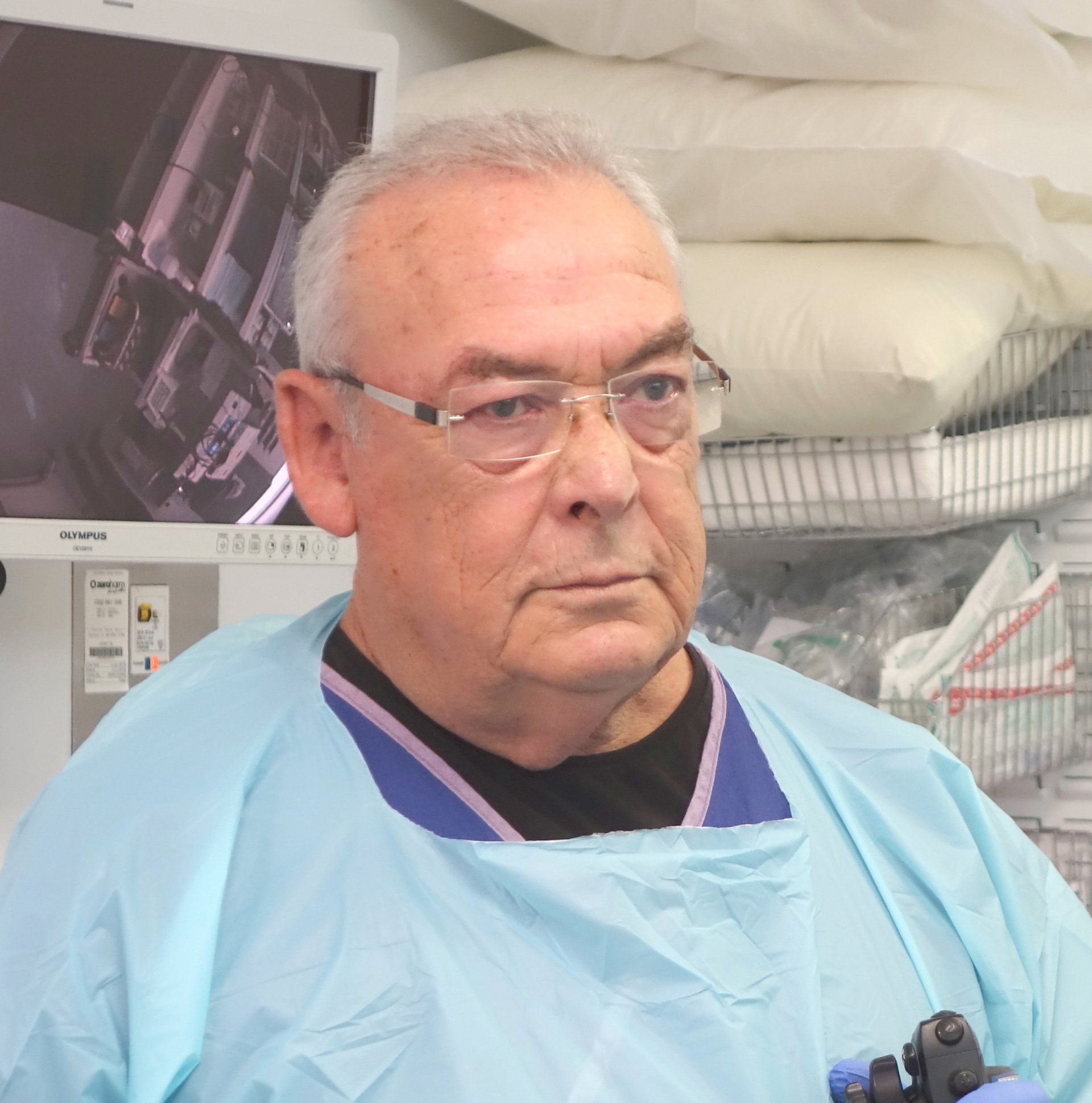Fistula / Abscess
What is Anal Fistula / Abscess?
An Anal Fistula is an abnormal hollow tunnel making a connection between the colon and the skin near the anal opening.
These fistulas usually form as a secondary process after an internal infection of an anal crypt gland which is known as an Anal Abscess.
An Anal Abscess is also known as a Perirectal Abscess, which means an infection near the anal canal. The abscess leaves an opening after the pus has cleared away, thus forming the fistula. The disorder often requires surgery to close the opening.
Who does Anal Fistula Affect?
The incidence of an Anal Fistula forming, after an Anal Abscess infection, ranges from 26 to 38%.
The disorder affects twice as many men than women, with a prevalence rate of 9 cases per 100,000 over-all. The mean age of a patient suffering from an Anal Fistula is 38 years.
How Does Anal Fistula Occur?
An Anal Fistula occurs when an anal gland becomes clogged, leading to buildup of bacteria and resulting in an infection.
This infection creates an abscess with an internal opening in the anal canal and a secondary opening on the skin, filled with foul-smelling pus.
As the pus is drained away, an abnormal hollow tunnel line by granulomatous tissue is left behind, known as the Anal Fistula.
Causes of Anal Fistula
In addition to Anal Abscesses, Anal Fistulas can be caused by:
- Sexually transmitted diseases (STDs),
- Radiation treatment,
- Crohn’s disease,
- Physical trauma,
- Diverticulitis, and
- Anorectal cancer
Symptoms of Anal Fistula
The symptoms for Anal Fistula include:
- Pain and swelling in the anal region,
- Frequent Anal Abscess formations,
- Pus discharge from the opening near the anus, which may be bloody or foul-smelling,
- Painful bowel movements,
- Bleeding from the fistula, and
- Fatigue, fever and chills.
Types of Anal Fistula
Anal Fistulas can be classified on the basis of their location using the Parks Classification. The four classification types include:
- Extrasphincteric - 1% of all cases,
- Suprasphincteric - 5% of all cases,
- Transsphincteric - 25% of all cases, and
- Intersphincteric - 70% of all cases, making it the most common type
Stages of Anal Fistula
The Anal Fistula severity is directly proportional to the amount of abscess drained away. The symptoms become more prominent as the fistula worsens.
How is Anal Fistula Diagnosed?
The diagnosis for Anal Fistula is made by:
- Taking a complete history and
- Performing a complete physical examination, which includes an examination of the anal region.
Usually, a diagnosis can be made on the basis of visual confirmation of the fistula. However, the doctor might perform additional tests to determine the depth and direction of the fistula tract. These include:
- Anoscopy,
- Ultrasound and MRI scan
How is Anal Fistula Treated?
Anal Fistulas are almost always treated by surgery.
Depending upon the depth and location of the Anal Fistula, the surgeon may perform a Fistulotomy.
After the surgery, the doctor may recommend warm sitz baths and prescribe stool softeners to enhance healing and reduce recovery time.
What if Anal Fistula is Untreated?
If left untreated or improperly managed, an Anal Fistula can leave a patient in pain and hinder his daily routine significantly and can lead to sepsis in very severe cases.
Dr Donald Walker
Write your caption hereMore
Dr Johan Van Den Bogaerde
Write your caption hereMore
Trusted for more than 25 Years
PANCREAS & BILIARY
Digestion Problems - Dyspepsia









